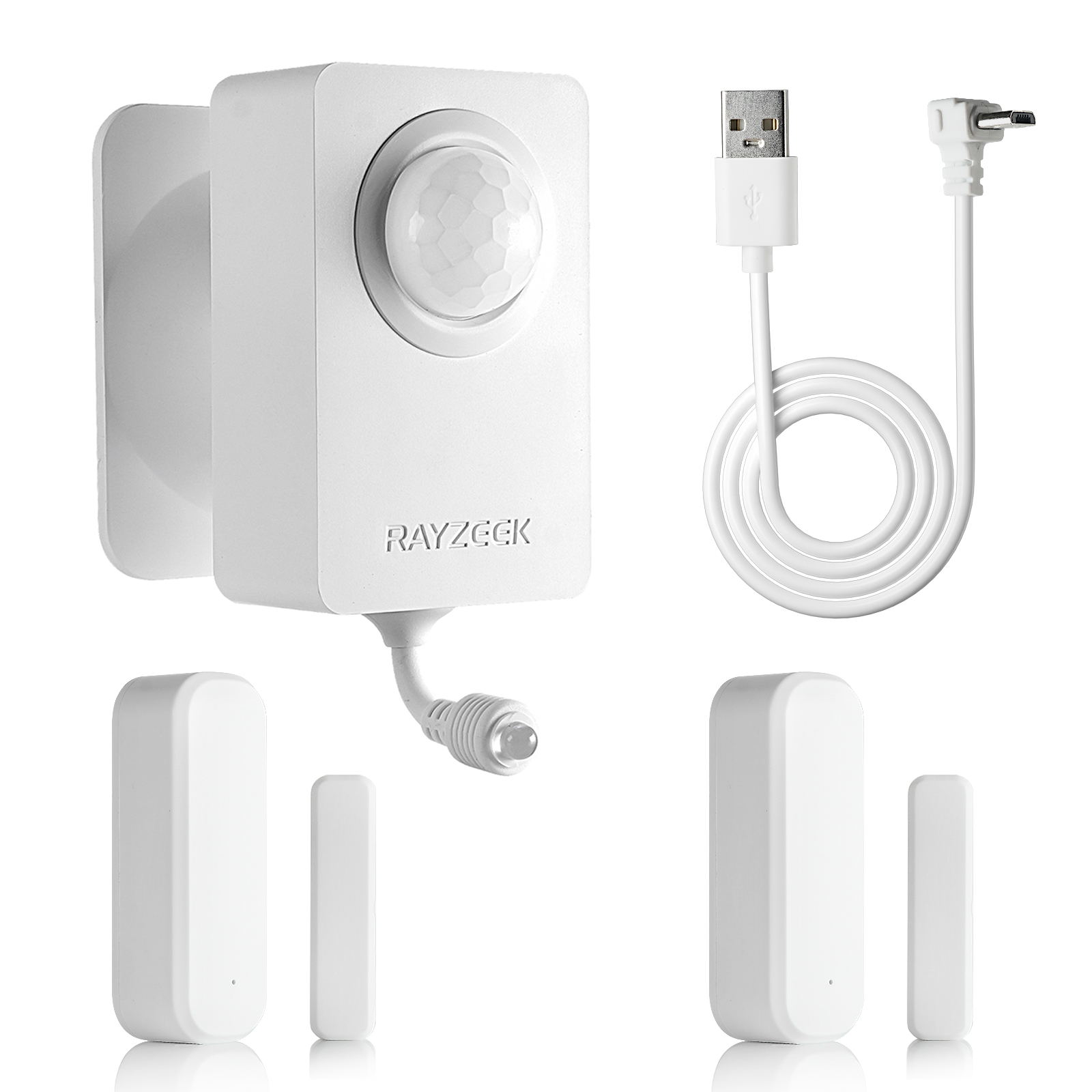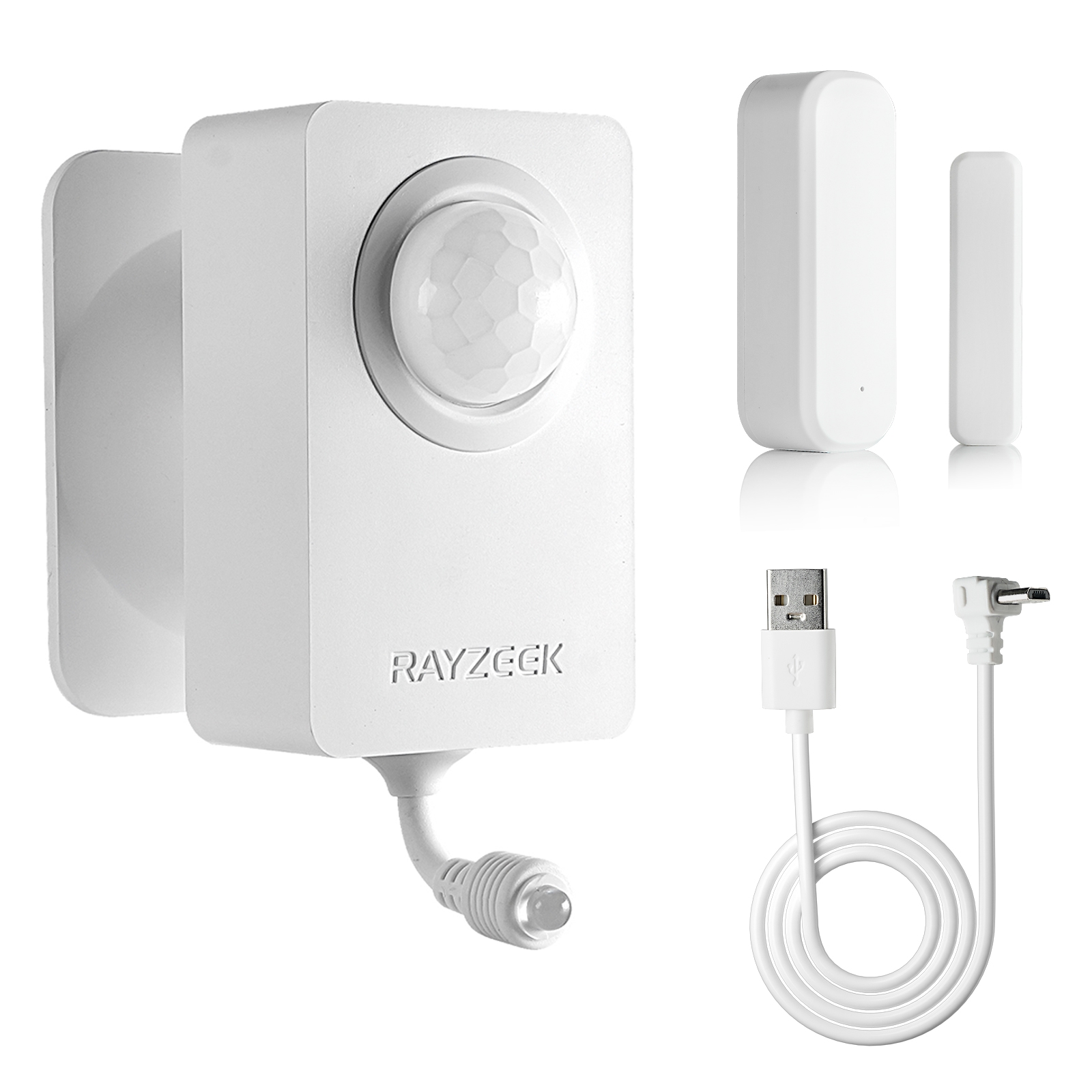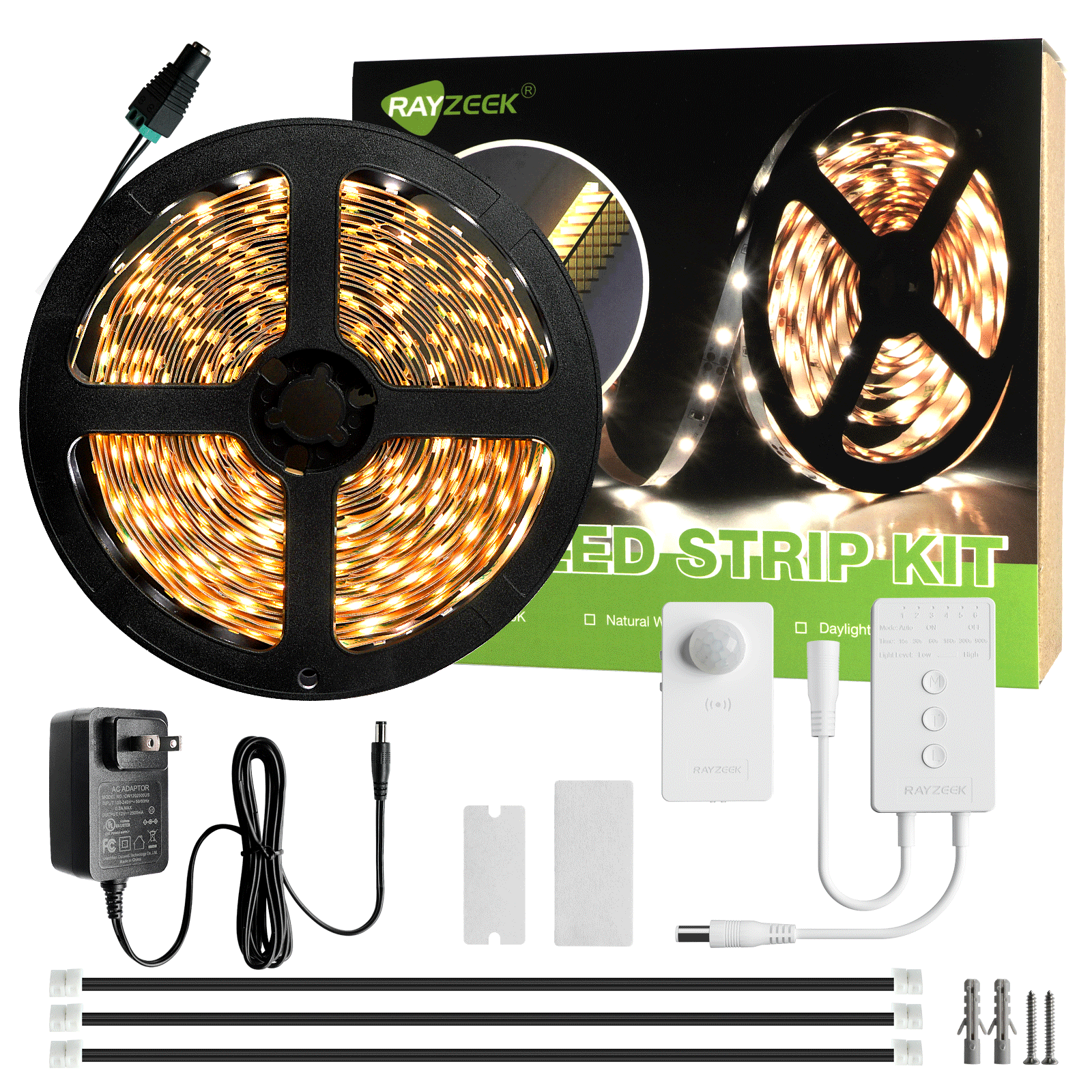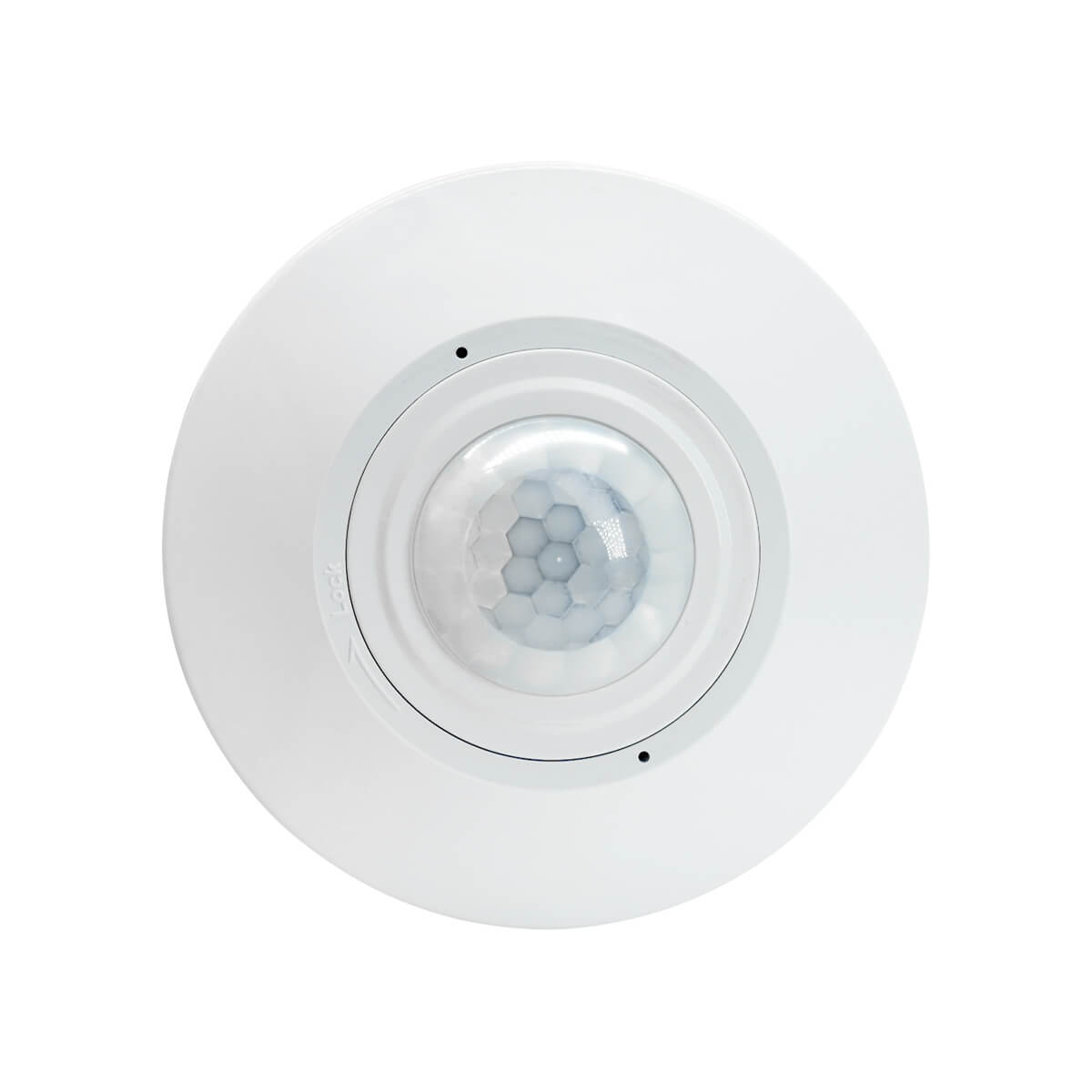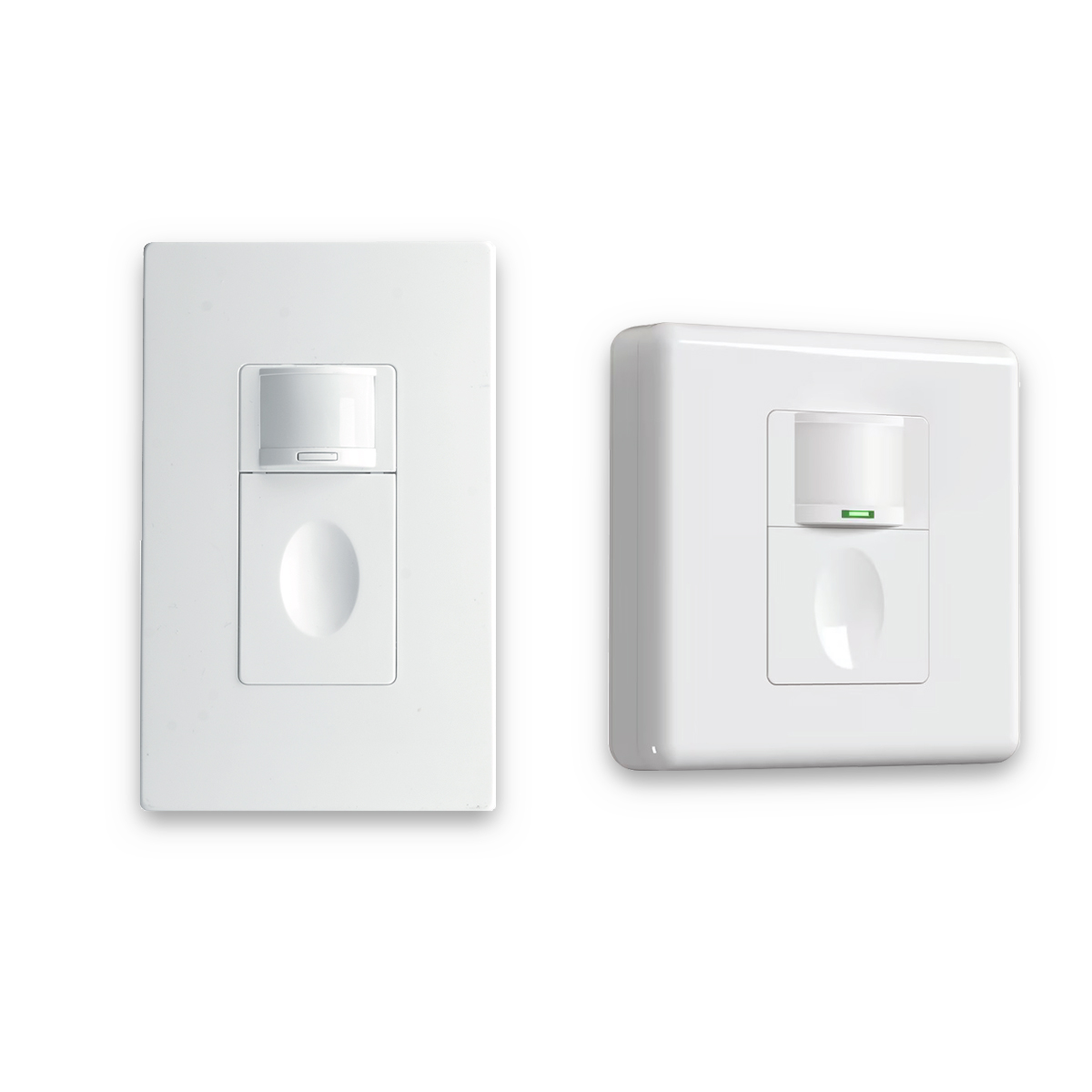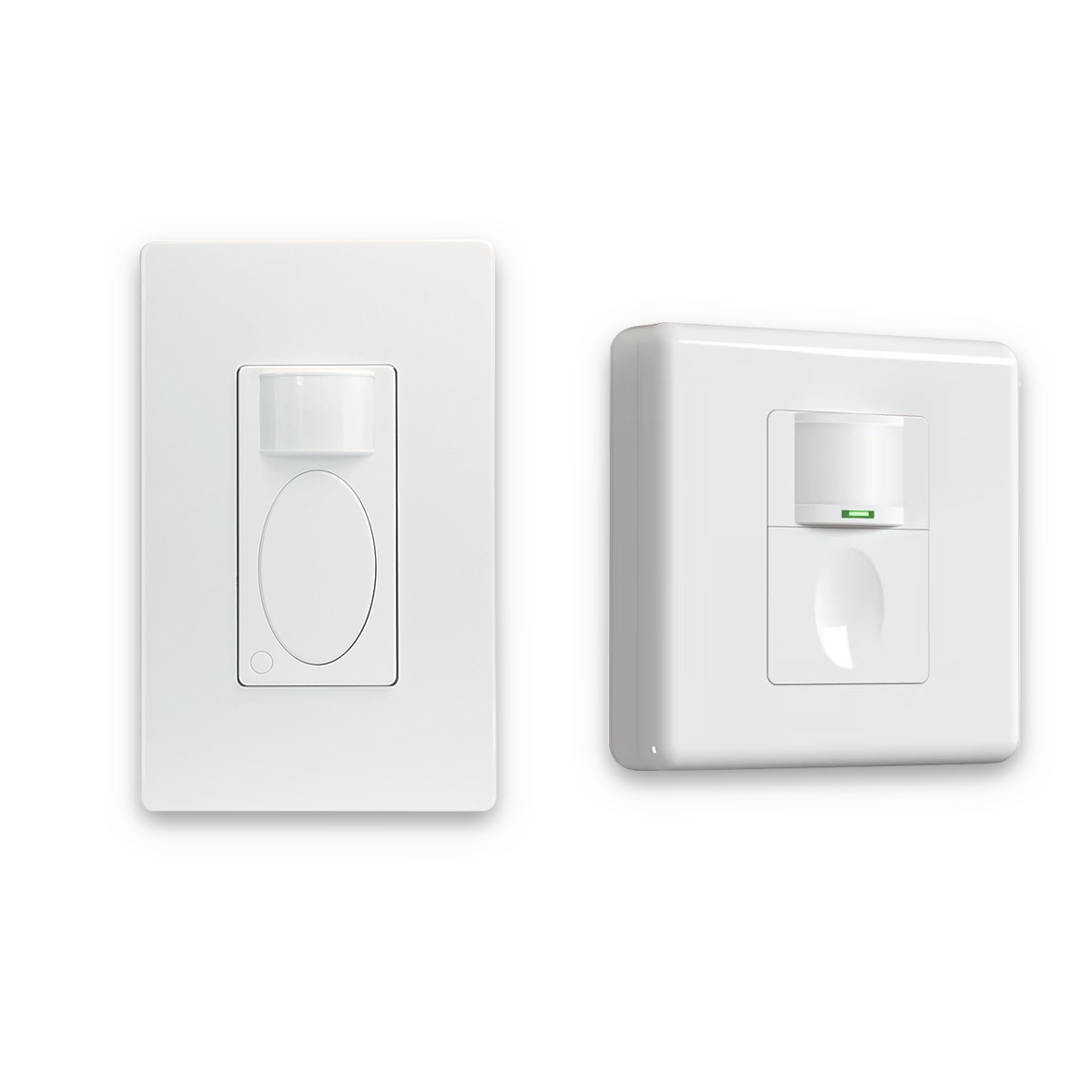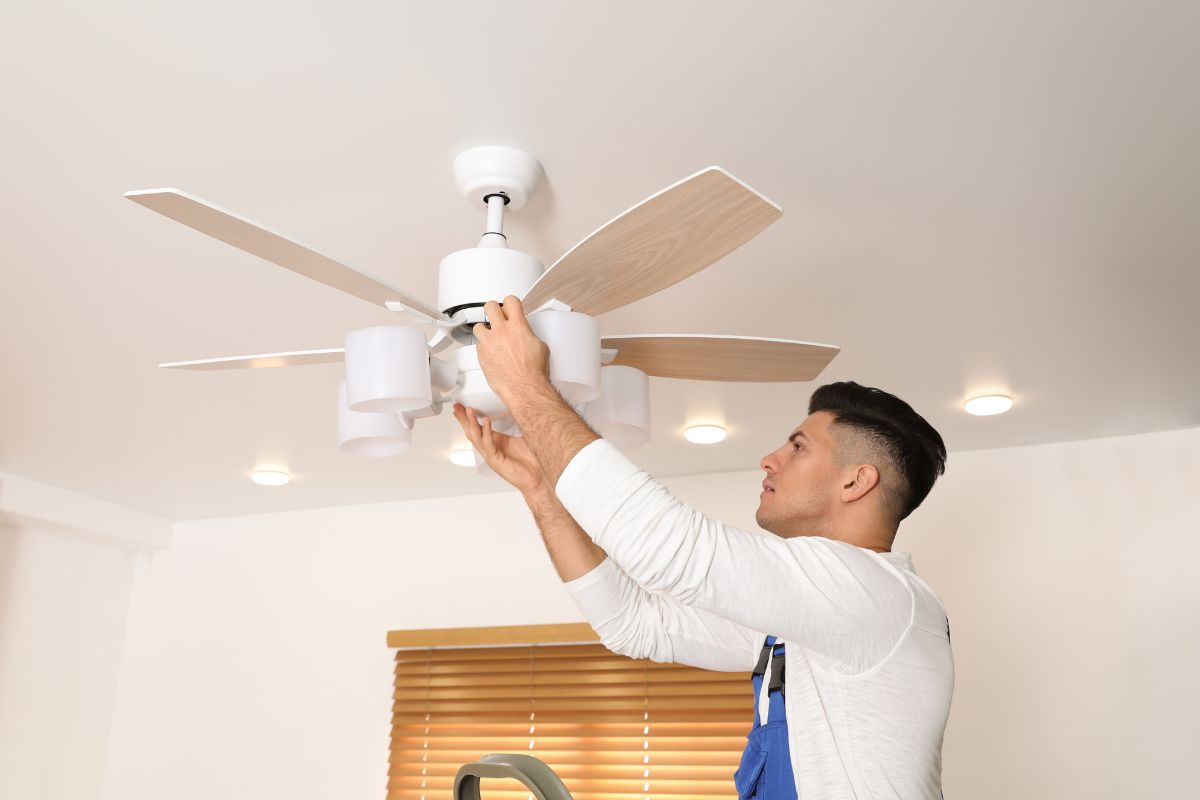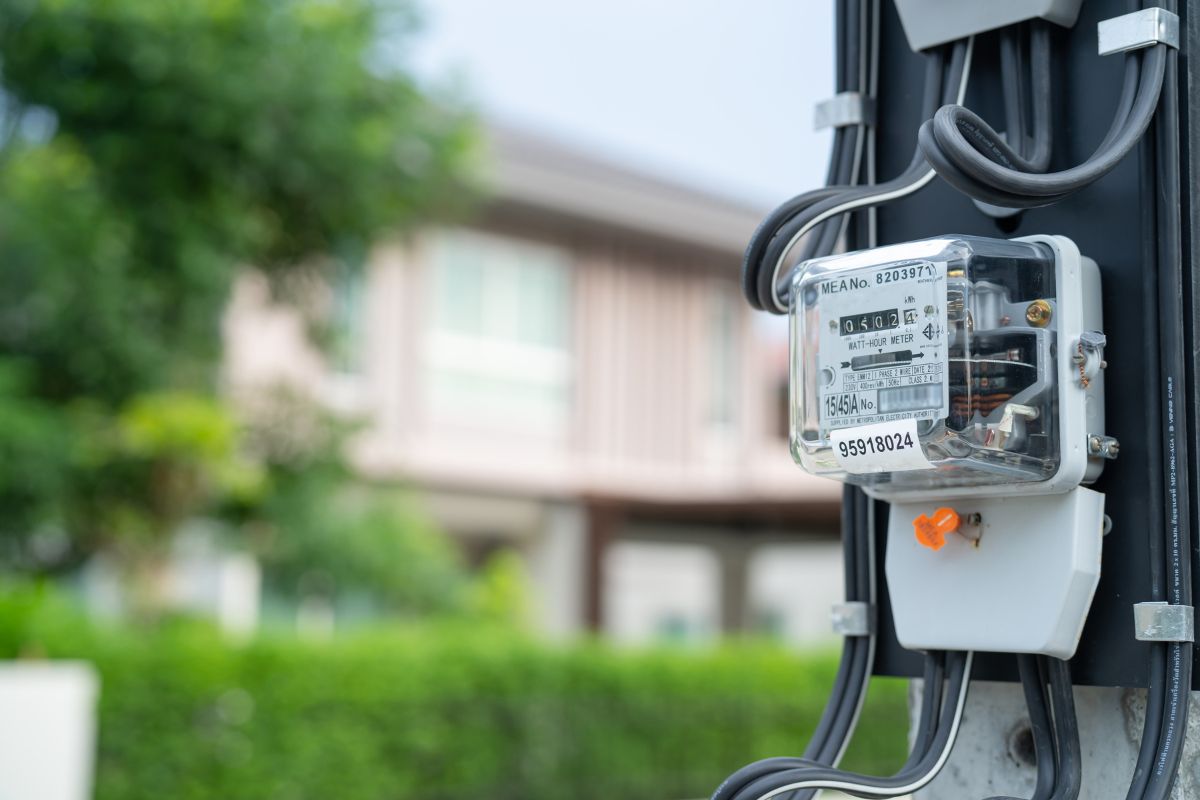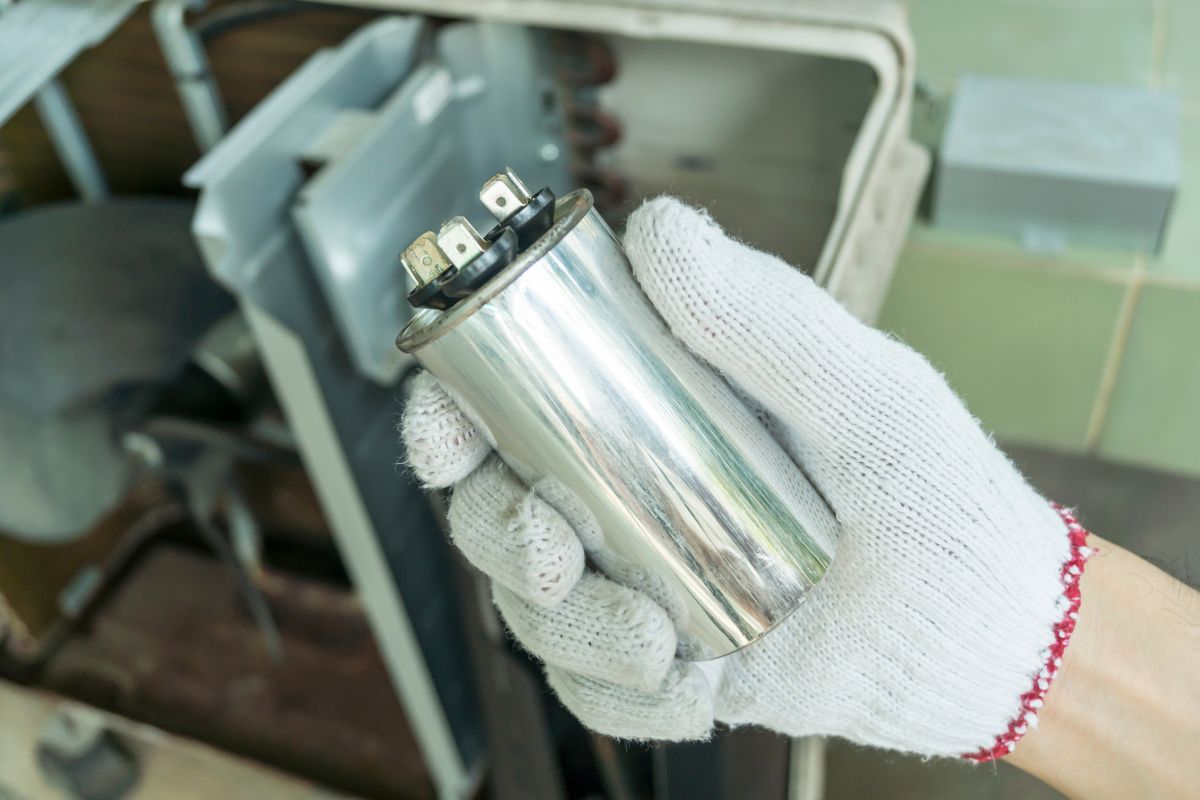Quando o calor do verão está no auge, um ar condicionado a funcionar não é apenas um luxo; é uma necessidade. Mas o que acontece quando a sua unidade de ar condicionado de confiança começa subitamente a soprar ar quente? Este guia abrangente irá aprofundar as razões por detrás deste problema comum, fornecendo explicações simples para os proprietários e conhecimentos técnicos aprofundados para os profissionais de AVAC.
Filtro de ar sujo: Um culpado comum
Uma das causas mais frequentes de um AC com fraco desempenho é um filtro de ar sujo. Para compreender isto, imagine tentar respirar através de uma palhinha entupida. Teria dificuldades, certo? Da mesma forma, um filtro de ar sujo restringe o fluxo de ar, prejudicando a capacidade do seu AC para arrefecer a sua casa de forma eficaz.
Este fluxo de ar reduzido tem várias consequências. Em primeiro lugar, diminui a capacidade de refrigeração do seu sistema. Em segundo lugar, obriga o seu AC a trabalhar mais, levando a um aumento do consumo de energia. E, por último, pode mesmo provocar o congelamento da bobina do evaporador, um problema que iremos explorar mais detalhadamente mais tarde.
Com que frequência devo mudar o meu filtro de ar condicionado?
Há vários factores que influenciam a frequência das mudanças de filtro. Estes incluem a frequência com que utiliza o seu ar condicionado, o tipo de filtro que possui e se tem animais de estimação ou alergias em casa. Regra geral, é aconselhável verificar o filtro mensalmente.
Se utilizar o seu ar condicionado com frequência ou se tiver problemas de alergias, poderá ter de o substituir com maior frequência. Para a maioria dos agregados familiares, a substituição do filtro a cada um ou três meses é suficiente.
Tipos de filtros AC
O mercado oferece uma variedade de tipos de filtros AC, cada um com as suas próprias vantagens e desvantagens. Os filtros de fibra de vidro são a opção mais básica e económica, mas são também os menos eficazes na retenção de pequenas partículas. Os filtros plissados oferecem um passo em frente, proporcionando um bom equilíbrio entre custo e eficácia ao reter mais pó, pólen e outras partículas transportadas pelo ar. Para as pessoas com alergias ou sensibilidades respiratórias, os filtros HEPA (High-Efficiency Particulate Air) são a melhor escolha, oferecendo o mais elevado nível de filtragem, embora tenham um preço mais elevado. Finalmente, os filtros reutilizáveis constituem uma opção amiga do ambiente, uma vez que podem ser lavados e reutilizados. No entanto, requerem uma limpeza regular para manterem a sua eficácia.
Serpentinas do evaporador congeladas: Causas e soluções
As bobinas do evaporador congeladas são outro culpado comum por detrás de um AC que não está a arrefecer corretamente. Isto ocorre frequentemente devido à restrição do fluxo de ar, como discutimos com os filtros sujos, ou a níveis baixos de refrigerante.
Quando o fluxo de ar é restringido, o refrigerante no interior das serpentinas torna-se excessivamente frio. Isto faz com que a humidade do ar circundante se condense e congele nas serpentinas. O resultado? Arrefecimento reduzido e, em casos graves, danos potenciais no compressor do seu AC, o coração do seu sistema.
Sinais de serpentinas do evaporador congeladas
Poderá suspeitar de serpentinas do evaporador congeladas se observar a formação de gelo visível nas próprias serpentinas ou nas linhas de refrigerante. Para além disso, uma diminuição notória do fluxo de ar nas aberturas de ventilação é um forte indicador. À medida que o gelo derrete, também podem ocorrer fugas de água da sua unidade de AC. Por fim, sons invulgares, como assobios ou borbulhas, podem indicar um problema com as serpentinas.
Baixo nível de refrigerante e serpentinas congeladas
Os baixos níveis de refrigerante também podem provocar o congelamento das serpentinas do evaporador. O refrigerante é a substância que absorve o calor do ar interior. Quando não há refrigerante suficiente, absorve menos calor, levando a uma queda significativa na temperatura da bobina e a um potencial congelamento.
Esta situação pode também sobrecarregar o seu compressor. O compressor foi concebido para funcionar com uma quantidade específica de fluido frigorigéneo. Quando os níveis são baixos, pode sobreaquecer e falhar potencialmente.
Fugas de refrigerante: Um problema sério
As fugas de refrigerante são um problema sério que pode afetar significativamente o desempenho do seu AC e prejudicar o ambiente. O refrigerante é crucial para o processo de arrefecimento; absorve o calor do ar interior e liberta-o para o exterior.
As fugas não só reduzem a capacidade de refrigeração do seu AC, como também levam a um aumento do consumo de energia, uma vez que o sistema trabalha mais para compensar. Para além disso, podem causar danos no compressor e representam riscos ambientais.
Tipos de refrigerantes
O tipo de refrigerante utilizado nos sistemas de ar condicionado tem evoluído ao longo do tempo. O R-22 (Freon), um refrigerante mais antigo, está a ser gradualmente eliminado devido ao seu potencial de destruição da camada de ozono. O R-410A (Puron) foi introduzido como um substituto mais amigo do ambiente. Atualmente, outros fluidos frigorigéneos como o R-32 e o R-454B estão a surgir como alternativas com um potencial de aquecimento global ainda menor.
Como detetar fugas de refrigerante
Podem ser utilizados vários métodos para detetar fugas de refrigerante. Os detectores electrónicos de fugas são dispositivos especializados concebidos para detetar a presença de gás refrigerante. Outra técnica envolve a adição de um corante UV ao sistema; se existir uma fuga, o corante brilhará sob luz UV, tornando a fuga fácil de detetar. Também pode ser efectuado um teste de bolhas simples, aplicando uma solução de sabão nas áreas suspeitas de fuga - formar-se-ão bolhas se houver fuga de refrigerante. Finalmente, um teste de pressão, que envolve a monitorização da pressão do sistema, pode revelar quedas que indicam uma fuga.
Procura soluções de poupança de energia activadas por movimento?
Contacte-nos para obter sensores de movimento PIR completos, produtos de poupança de energia activados por movimento, interruptores com sensor de movimento e soluções comerciais de Ocupação/Vazio.
Riscos para a saúde das fugas de refrigerante
Resolver prontamente as fugas de refrigerante é crucial não só para o desempenho do seu AC, mas também por razões de saúde e ambientais. A inalação de fluido frigorigéneo pode provocar tonturas, dores de cabeça, náuseas e, em casos graves, perda de consciência. O contacto direto com a pele ou os olhos pode causar irritação ou mesmo queimaduras pelo frio. Além disso, o impacto ambiental das fugas de fluido frigorigéneo é significativo. Os refrigerantes mais antigos contribuem para a destruição da camada de ozono, enquanto os mais recentes, embora menos nocivos, têm ainda um potencial de aquecimento global considerável.
Problemas no compressor: O coração do seu ar condicionado
O compressor é o coração do seu sistema de ar condicionado. É responsável pela circulação do refrigerante que torna possível o processo de arrefecimento. A função do compressor é comprimir o gás refrigerante, o que aumenta a sua temperatura e pressão. Este é um passo fundamental no processo de transferência de calor que acaba por arrefecer o ar em sua casa.
Tipos de compressores AC
São utilizados vários tipos de compressores nos sistemas de ar condicionado, cada um com as suas próprias caraterísticas. Os compressores alternativos, comuns em unidades mais antigas, utilizam pistões para comprimir o fluido frigorigéneo, tal como um motor de automóvel. Os compressores Scroll são geralmente mais eficientes e mais silenciosos, utilizando dois scrolls em forma de espiral para comprimir o fluido frigorigéneo. Os compressores rotativos, frequentemente encontrados em unidades mais pequenas, são compactos e eficientes, utilizando uma palheta rotativa para a compressão. Os compressores de parafuso são normalmente utilizados em sistemas comerciais de grandes dimensões devido à sua elevada capacidade, utilizando dois parafusos entrelaçados para a compressão.
Sinais de um compressor avariado
Um compressor avariado apresenta frequentemente vários sinais de aviso. Poderá notar um desempenho de arrefecimento reduzido, com o seu AC a não arrefecer tão eficazmente como antes. Ruídos invulgares como ranger, guinchar ou bater também podem indicar um problema. Se o compressor estiver a consumir demasiada energia, pode provocar o disparo do disjuntor. O arranque difícil, em que o compressor tem dificuldade em arrancar, é outro sinal revelador. Finalmente, o aumento do consumo de energia e contas mais altas podem indicar que um compressor com defeito está trabalhando mais do que deveria.
Efeitos a longo prazo do funcionamento do ar condicionado com um compressor avariado
Ignorar um compressor defeituoso pode ter consequências graves. A operação contínua pode levar a mais danos ao compressor, potencialmente causando sua falha completa. A tensão adicional também pode danificar outros componentes do sistema, levando a um efeito dominó de falhas. Na pior das hipóteses, todo o sistema de ar condicionado pode falhar. Um compressor avariado também conduzirá a um aumento dos custos de energia, uma vez que se esforça por funcionar. Em última análise, o funcionamento de um compressor avariado reduzirá significativamente a vida útil da sua unidade de AC.
Problemas com o termóstato: O seu ar condicionado está a receber os sinais corretos?
O termóstato é o cérebro do seu sistema de ar condicionado. É responsável por controlar o funcionamento da unidade, ligando-a e desligando-a com base na temperatura desejada. Detecta a temperatura ambiente e dá sinais à unidade de AC para começar ou parar de arrefecer em conformidade.
Tipos de termóstatos
Assim como os compressores, os termostatos evoluíram com o tempo. Os termóstatos electromecânicos, o estilo mais antigo, utilizam uma tira bimetálica para detetar as alterações de temperatura e são geralmente menos precisos do que os modelos mais recentes. Os termóstatos digitais oferecem uma maior precisão e, muitas vezes, vêm com funcionalidades programáveis, permitindo-lhe programar diferentes temperaturas para diferentes alturas do dia. Os termóstatos inteligentes representam o mais recente avanço, com conetividade Wi-Fi para controlo remoto, capacidades de aprendizagem para se adaptarem às suas preferências e o potencial para otimizar a utilização de energia. Oferecem potenciais poupanças de energia a longo prazo, mas também podem levantar problemas de privacidade e têm uma curva de aprendizagem mais acentuada.
Como testar o seu termóstato
Em primeiro lugar, verifique o visor para se certificar de que está ligado e apresenta as definições corretas. Depois, tente alterar a definição da temperatura. Defina-a para alguns graus abaixo da temperatura ambiente atual e aguarde que o ar condicionado se ligue.
Se o ecrã estiver vazio, poderá ser necessário substituir as pilhas. Se isso não resultar, pode inspecionar a cablagem para verificar se existem ligações soltas ou danificadas. No entanto, se não se sentir confortável a trabalhar com componentes eléctricos, é melhor consultar um profissional. Nalguns casos, pode contornar temporariamente o termóstato para ver se o ar condicionado liga, mas, mais uma vez, é melhor deixar isto para um técnico qualificado.
Embora os termóstatos sejam essenciais para o controlo da temperatura, têm uma limitação significativa: não sabem se uma divisão está realmente ocupada. Isto significa que o seu ar condicionado pode estar a funcionar durante horas, arrefecendo um espaço vazio e desperdiçando energia. É aqui que uma solução inteligente como o Sensor de movimento do ar condicionado RZ050 entra em cena. Este dispositivo inovador desliga automaticamente o seu ar condicionado quando sai de uma divisão, garantindo que não está a pagar para arrefecer um espaço vazio.
Sensor de movimento do ar condicionado RZ050
Nunca mais se esqueça de desligar o ar condicionado
- Desliga automaticamente o ar condicionado quando sai.
- Poupe energia e dinheiro sem esforço.
- Fácil de instalar e utilizar, sem necessidade de ajuda profissional.
Ao detetar inteligentemente a ocupação, o RZ050 acrescenta uma camada de automatização que até os termóstatos mais avançados não possuem. É uma forma simples mas eficaz de aumentar a eficiência do seu AC e contribuir para um estilo de vida mais sustentável.
Problemas com condensadores: Problemas de arranque e funcionamento
Os condensadores são componentes eléctricos essenciais que fornecem o impulso necessário para o arranque e funcionamento do motor do seu AC. Funcionam armazenando e libertando energia eléctrica, assegurando que o motor tem a potência de que necessita para funcionar.
Qual é a diferença entre um condensador de arranque e de funcionamento?
Um condensador de arranque fornece uma grande explosão inicial de energia para fazer arrancar o motor. Pense nele como o impulso inicial necessário para pôr uma bicicleta em movimento. Um condensador de funcionamento, por outro lado, fornece um impulso contínuo e mais pequeno para manter o motor a funcionar sem problemas depois de arrancar. Algumas unidades AC utilizam um condensador duplo, que combina as funções de arranque e funcionamento numa única unidade.
Diagnóstico de problemas de condensadores
Os problemas dos condensadores podem frequentemente ser identificados através de uma combinação de métodos. Uma inspeção visual pode revelar sinais físicos de danos, tais como abaulamentos ou fugas. Para uma avaliação mais técnica, pode ser utilizado um multímetro para medir a capacitância do condensador e compará-la com o valor nominal. Vários sintomas também podem indicar um condensador avariado: a unidade de AC pode não arrancar de todo, pode fazer um zumbido, pode funcionar intermitentemente ou pode ter um fluxo de ar fraco.
Talvez esteja interessado em
Problemas com a bobina do condensador: Problemas de troca de calor
As serpentinas de condensação desempenham um papel crucial no processo de arrefecimento. São responsáveis pela libertação do calor absorvido pelo refrigerante para o ar exterior. Essencialmente, facilitam a transferência de calor do fluido frigorigéneo para o ambiente exterior, permitindo que o fluido frigorigéneo arrefeça e continue o ciclo.
Como limpar as serpentinas do condensador
Primeiro, e mais importante, desligue a alimentação da sua unidade de AC no disjuntor. Segurança em primeiro lugar! Depois, utilize uma escova macia ou um aspirador para remover quaisquer detritos soltos, como folhas, sujidade ou aparas de relva, que possam estar a obstruir as bobinas.
Em seguida, pode utilizar uma mangueira de jardim com um bocal de pulverização para limpar suavemente as bobinas. Em alternativa, pode utilizar um produto comercial de limpeza de serpentinas especificamente concebido para este fim. Se notar algumas aletas dobradas nas bobinas, endireite-as cuidadosamente usando um pente para aletas. As aletas dobradas podem restringir o fluxo de ar e reduzir a eficiência.
Conceção da serpentina do condensador e eficiência da transferência de calor
A conceção das serpentinas de condensador tem um impacto significativo na sua capacidade de transferir calor. Factores como a densidade das alhetas desempenham um papel importante. Uma maior densidade das alhetas significa mais área de superfície para a transferência de calor, o que geralmente leva a uma melhor eficiência.
O material das bobinas também é importante. O cobre e o alumínio são normalmente utilizados, cada um com diferentes propriedades de transferência de calor. Além disso, a configuração das bobinas, incluindo a sua forma e disposição, afecta o fluxo de ar e a eficiência global da transferência de calor.
Problemas nas condutas: Fugas e bloqueios
As condutas são o sistema de canais que distribui o ar arrefecido por toda a casa. É como o sistema circulatório da sua casa, levando o ar condicionado a cada divisão. No entanto, os problemas com as condutas, tais como fugas, bloqueios ou isolamento deficiente, podem afetar significativamente o desempenho do seu AC.
Como inspecionar a sua rede de condutas
Comece por procurar quaisquer danos visíveis na sua rede de condutas. Isto pode incluir buracos, rasgos ou secções que se tenham desligado. De seguida, tente sentir se há fugas de ar. Segure a sua mão perto das juntas e costuras das condutas para detetar qualquer fuga de ar.
Preste atenção a quaisquer ruídos invulgares, como assobios ou ruídos, que possam indicar fugas ou bloqueios. Por fim, preste atenção à temperatura nas diferentes divisões. Se algumas divisões estiverem constantemente demasiado quentes ou demasiado frias, isso pode ser um sinal de problemas nas condutas.
Melhores práticas para selar e isolar condutas
Se encontrar fugas, é importante vedá-las corretamente. Para o efeito, utilize vedante de mástique ou fita metálica. A fita adesiva normal não é uma solução adequada, uma vez que tende a degradar-se com o tempo.
Se as condutas passarem por espaços não condicionados, como sótãos ou espaços de rastejamento, certifique-se de que estão devidamente isolados. O isolamento de fibra de vidro revestido a folha é uma escolha comum para este fim. Finalmente, certifique-se de que não existem obstruções no interior das condutas que possam restringir o fluxo de ar.
Inspire-se nos portfólios de sensores de movimento Rayzeek.
Não encontra o que pretende? Não se preocupe. Há sempre formas alternativas de resolver os seus problemas. Talvez um dos nossos portefólios possa ajudar.
Problemas eléctricos: Problemas de alimentação eléctrica
Os problemas eléctricos podem impedir que a sua unidade de AC receba a energia de que necessita para funcionar corretamente. Estes problemas podem variar desde simples disjuntores disparados a falhas mais complexas na cablagem ou nos componentes. As falhas eléctricas mais comuns nos sistemas de ar condicionado incluem disjuntores disparados ou fusíveis queimados, que são frequentemente as primeiras coisas a verificar. A cablagem solta ou danificada pode interromper o fluxo de eletricidade, enquanto os contactores ou relés defeituosos, que controlam o fluxo de eletricidade para várias partes, também podem ser os culpados. Além disso, o próprio motor pode ter problemas eléctricos.
Precauções de segurança ao lidar com problemas eléctricos
- Desligar a corrente eléctrica: Desligue sempre a alimentação da sua unidade de AC no disjuntor antes de trabalhar em qualquer componente elétrico.
- Utilize ferramentas com isolamento: Isto ajudará a protegê-lo de choques eléctricos.
- Usar sapatos com sola de borracha: Isto proporciona uma camada extra de isolamento.
- Evitar condições de humidade: A água e a eletricidade não se misturam.
- Chamar um profissional: Se não se sentir confortável a trabalhar com eletricidade, não hesite em chamar um eletricista qualificado.
Manutenção e reparação profissional
A manutenção regular é crucial para manter o seu sistema de ar condicionado a funcionar corretamente. Pode evitar problemas, melhorar a eficiência e prolongar a vida útil da sua unidade. Uma rotina de manutenção abrangente do AC envolve normalmente a limpeza ou substituição dos filtros de ar, a limpeza das bobinas do condensador e do evaporador, a verificação dos níveis de refrigerante, a inspeção das ligações eléctricas, a lubrificação das peças móveis, o teste do termóstato e a inspeção das condutas.
Escolher o técnico de AVAC certo
Ao escolher um técnico de AVAC, é importante fazer a sua pesquisa. Verifique se tem licença e seguro adequados. Leia as opiniões online e peça recomendações a amigos ou familiares.
Peça vários orçamentos para comparar preços e serviços. Pergunte sobre a experiência do técnico e quaisquer certificações relevantes. Por fim, informe-se sobre as garantias do seu trabalho.
Compreender a classificação SEER: Eficiência energética e arrefecimento
SEER, ou Rácio de Eficiência Energética Sazonal, é uma medida da eficiência de arrefecimento de um aparelho de ar condicionado. É calculado dividindo a saída de arrefecimento em BTUs (Unidades Térmicas Britânicas) pela entrada de energia em watts-hora durante uma estação de arrefecimento típica.
Qual a classificação SEER que devo escolher?
Classificações SEER mais elevadas indicam uma maior eficiência energética. Na maioria das regiões, a classificação SEER mínima para novas unidades de AC é de 13 ou 14. No entanto, em climas mais quentes, pode ser necessária uma classificação mais elevada.
Ao escolher uma classificação SEER, considere o seu clima, orçamento e poupança de custos a longo prazo. As unidades SEER mais elevadas são mais caras à partida, mas podem poupar dinheiro nas suas contas de energia ao longo do tempo.
Classificações SEER e poupança de custos a longo prazo
Embora as unidades SEER mais elevadas tenham um custo inicial mais elevado, podem conduzir a poupanças significativas nas suas facturas de energia ao longo da sua vida útil. Para determinar o potencial retorno do investimento, pode calcular o período de retorno do investimento. Faça uma estimativa da poupança anual de energia que obteria com uma unidade SEER superior e compare-a com a diferença no custo inicial.
É importante notar que o SEER pode nem sempre refletir com precisão o consumo de energia no mundo real em todos os climas. Outras métricas, como o EER (Rácio de Eficiência Energética) e o HSPF (Fator de Desempenho Sazonal do Aquecimento), também devem ser consideradas para uma compreensão mais abrangente da eficiência de uma unidade.
Tempo de vida da unidade de AC: Quando substituir o seu sistema
A vida útil média de uma unidade de ar condicionado é de cerca de 15 a 20 anos, com uma manutenção adequada. No entanto, há vários factores que podem influenciar esta duração.
Sinais de que está na altura de uma nova unidade de AC
Vários indicadores podem indicar que talvez seja altura de considerar uma nova unidade de AC. Avarias frequentes que exigem reparações constantes são um sinal de alerta importante. Da mesma forma, um aumento notório e inexplicável nas suas contas de energia pode sugerir que o seu AC está a perder eficiência devido à idade. O arrefecimento inconsistente, em que o seu AC se esforça por manter uma temperatura confortável, é outro sinal de aviso. Se a sua unidade tiver mais de 15 anos, é geralmente uma boa ideia começar a planear uma substituição. Por fim, se a sua unidade ainda utilizar o refrigerante R-22, que está a ser gradualmente eliminado, recomenda-se a atualização para um modelo mais amigo do ambiente.
Factores que afectam a vida útil da unidade de AC
Vários factores podem afetar a duração da sua unidade de ar condicionado. A manutenção regular é crucial para prolongar a sua vida útil. Os padrões de utilização também desempenham um papel importante; uma utilização mais frequente pode levar a uma vida útil mais curta. O clima é outro fator, uma vez que as temperaturas extremas podem exercer maior pressão sobre a unidade. A qualidade da instalação inicial é essencial para um desempenho e longevidade óptimos. Por último, a qualidade do próprio equipamento original influenciará naturalmente o seu tempo de vida útil.



